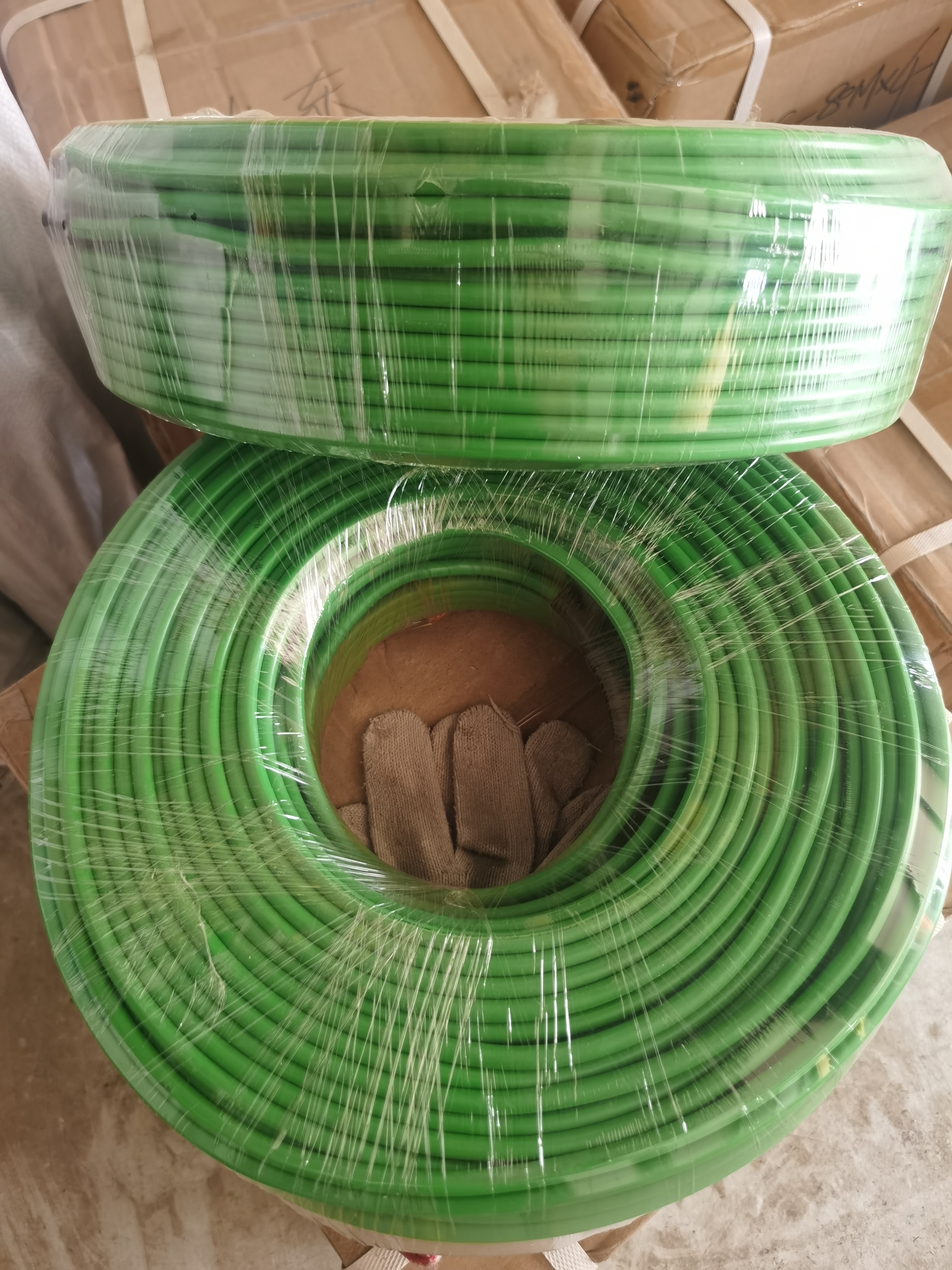
In cold northern regions, ensuring that sweat rooms can maintain heat efficiently is of great significance for providing a comfortable and effective sweating experience. When it comes to insulation options for sweat rooms, several factors need to be considered to achieve optimal results.
In cold climates, heat loss can occur rapidly if a sweat room is not properly insulated. This not only affects the temperature inside the room but also leads to increased energy consumption to maintain the desired heat level. Efficient insulation helps to create a stable and warm environment, allowing users to fully enjoy the benefits of the sweat room without excessive energy waste.
Fiberglass is a commonly used insulation material. It has good thermal resistance and can effectively reduce heat transfer. It is available in batts or rolls, which are relatively easy to install between the walls and ceilings of the sweat room. Fiberglass insulation is also cost-effective, making it a popular choice for many. However, it is important to handle fiberglass with care during installation as its fibers can cause skin and respiratory irritation.
Spray foam insulation provides excellent air sealing and insulation properties. It can fill in small gaps and crevices, creating a seamless insulation barrier. There are two main types: open-cell and closed-cell spray foam. Closed-cell spray foam has a higher R-value (a measure of thermal resistance) and provides better moisture resistance, which is beneficial in a sweat room environment where humidity levels can be relatively high. However, it is more expensive than fiberglass and requires professional installation.
Mineral wool, also known as rock wool or slag wool, is another option. It has good fire resistance and thermal insulation properties. It is suitable for use in sweat rooms as it can withstand high temperatures to a certain extent. Mineral wool insulation is available in batts or loose-fill form and can be installed similar to fiberglass. It is also more environmentally friendly compared to some other insulation materials.
The thickness of the insulation and its R-value are crucial in determining the effectiveness of heat retention. In colder northern regions, a higher R-value is generally recommended to combat the low temperatures. The appropriate insulation thickness will depend on various factors such as the size of the sweat room, the type of building structure, and the local climate conditions. It is advisable to consult with a professional insulation contractor or refer to local building codes to determine the optimal thickness and R-value for the specific situation.
Proper installation is essential to ensure the insulation functions effectively. When installing insulation, it is important to seal all joints and seams tightly to prevent air leakage. In a sweat room, special attention should be paid to areas around doors, windows, and electrical outlets. Any gaps or holes can significantly reduce the insulation performance. If using spray foam insulation, it is crucial to follow the manufacturer's instructions carefully to ensure proper application and curing.
Regular maintenance of the insulation is also necessary. Inspect the insulation periodically for any signs of damage, such as compression, moisture absorption, or pest infestation. If any issues are detected, they should be addressed promptly to maintain the integrity of the insulation. In a sweat room, where humidity is a factor, ensuring proper ventilation can help prevent excessive moisture buildup in the insulation, which could affect its thermal performance and longevity.

